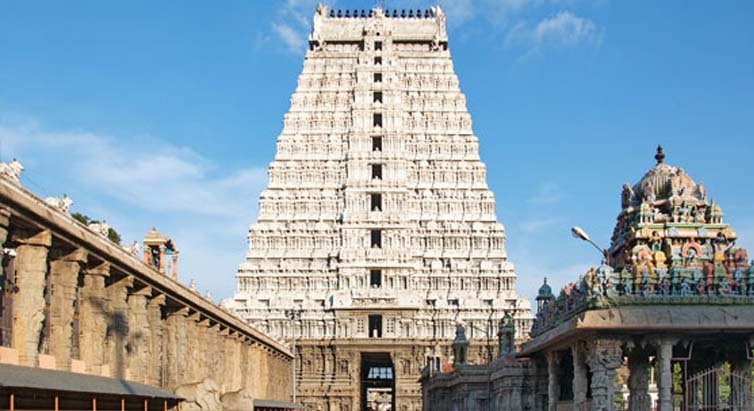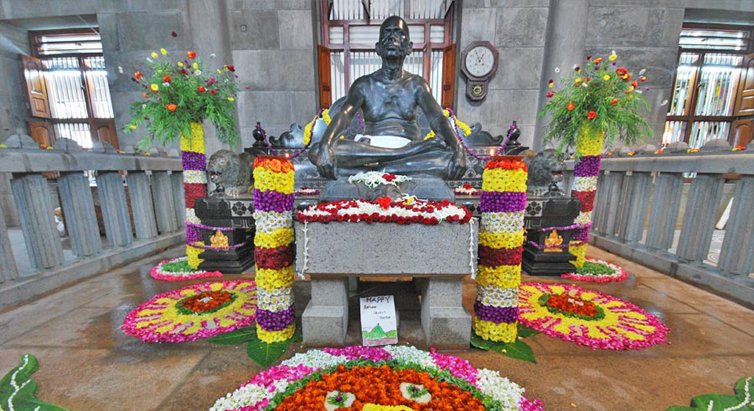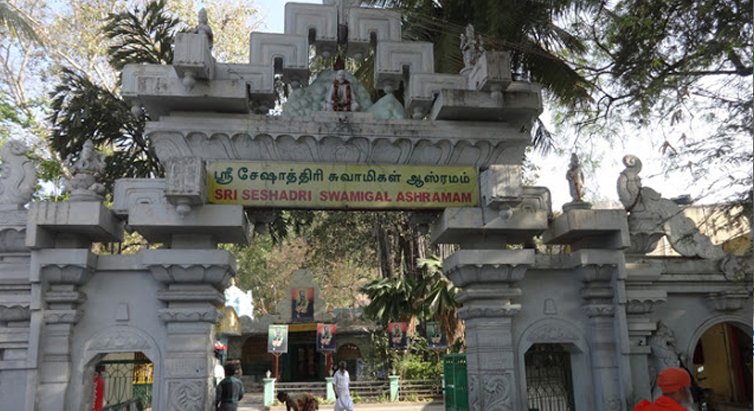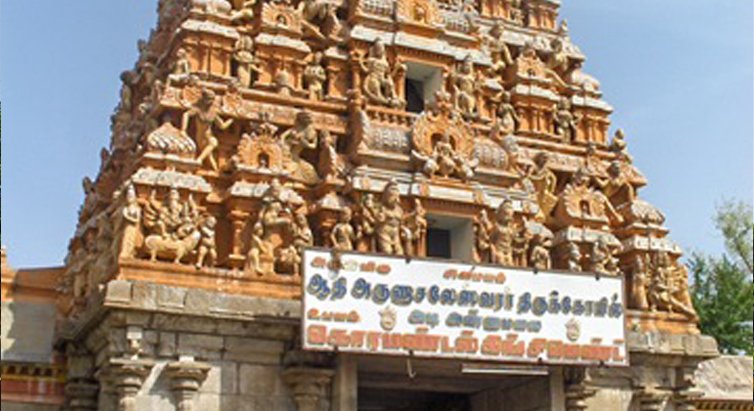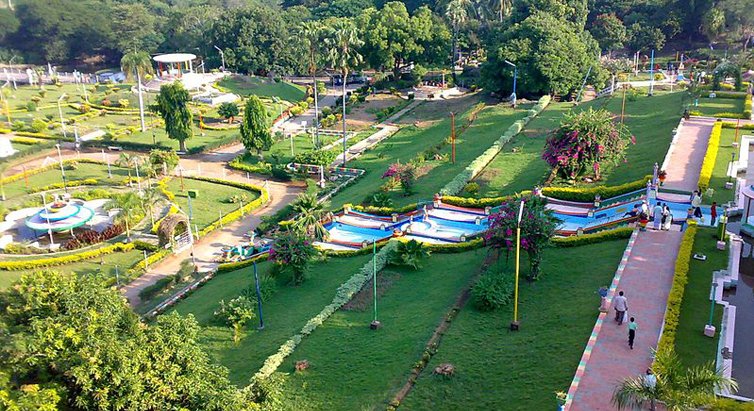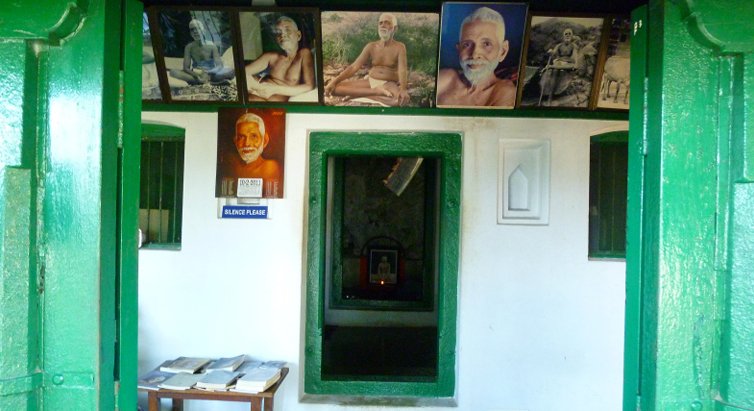ABOUT TIRUVANNAMALAI
The history of Tiruvannamalai revolves around the Annamalaiyar Temple. The recorded history of the town dates back to the ninth century, as seen from a Chola inscriptions in the temple. Further inscriptions made before ninth century indicate the rule of Pallava kings, whose capital was Kanchipuram. The seventh century Nayanar saints Sambandar and Appar wrote of the temple in their poetic work, Tevaram. Sekkizhar, the author of the Periyapuranam records both Appar and Sambandar worshiped Annamalaiyar in the temple. The Chola Kings ruled over the region for more than four centuries, from 850 to 1280, and were temple patrons. The inscriptions from the Chola king record various gifts like land, sheep, cow and oil to the temple commemorating various victories of the dynasty.
In Hinduism, Parvati, wife of Shiva, once closed the eyes of her husband playfully in a flower garden at their abode atop Mount Kailash. Although only a moment for the gods, all light was taken from the universe, and the earth, in turn, was submerged in darkness for years. Parvati performed penance with other devotees of Shiva, and her husband appeared as a column of fire at the top of Annamalai hills, returning light to the world. He then merged with Parvati to form Ardhanarishvara, the half-female, half-male form of Shiva. The Annamalai, or red mountain, lies behind the Annamalaiyar temple, and is associated with the temple of its namesake. The hill is sacred and considered a lingam, or iconic representation of Shiva, in itself. Another legend is that once, while Vishnu and Brahma contested for superiority, Shiva appeared as a flame, and challenged them to find his source. Brahma took the form of a swan, and flew to the sky to see the top of the flame, while Vishnu became the boar Varaha, and sought its base. The scene is called lingothbava, and is represented in the western wall at the sanctum of most Shiva temples. Neither Brahma nor Vishnu could find the source, and while Vishnu conceded his defeat, Brahma lied and said he had found the pinnacle. In punishment, Shiva ordained that Brahma would never have temples on earth in his worship. In Tamil, the word Arunam means red or fire and Asalam means hill. Since Shiva manifested himself in the form of fire in this place, this name Arunachalam came to be associated with Annamalai hill and the town. The first mention of Annamalai is found in Tevaram, the seventh century Tamil Saiva canonical work by Appar and Tirugnanasambandar.
FEW PLACES TO SEE
Arunachalesvara Temple, also called Annamalaiyar Temple, is a Hindu temple dedicated to the deity Shiva, located at the base of Arunachala hill in the town of Thiruvannamalai in Tamil Nadu, India.
Sri Ramana Ashram, also known as Sri Ramanasramam, is the ashram which was home to modern sage and Advaita Vedanta philosopher Ramana Maharshi from 1922 until his death in 1950.
Mt Arunachala refers to the holy hill at Tiruvannamalai in Tamil Nadu. The hill is also known by the names Arunagiri, Annamalai Hill, Arunachalam, Arunai, Sonagiri and Sonachalam. It is one of the five main shaivite holy places in South India.
Virupaksha Cave has been venerated since the 1300s, first because of the saint, Virupaksha Deva, then more recently due to Sri Ramana Maharshi. Sri Ramana lived in this cave for 16 years, from 1899 to 1916.
Lord Kubera is an ancient deity mentioned in Rig Veda as lord of wealth, health and material happiness. Mahalakshmi is the creator and embodiment of health, wealth and happiness. Kubera is given the status of custodian, maintainer and the distributor of this wealth to the souls of the universe.
1 km from the Ramana Ashram up the hill..you can see the whole view of Tiruvannamalai & Arunachaleswar Temple..Best time for visit is 9am to 3 pm. As it closes after 3 pm,so be on time to see the Skandasramam
Address: Chengam Road, Thamarai Nagar, Tiruvannamalai, Tamil Nadu 606601
Phone: 04175 236 999


